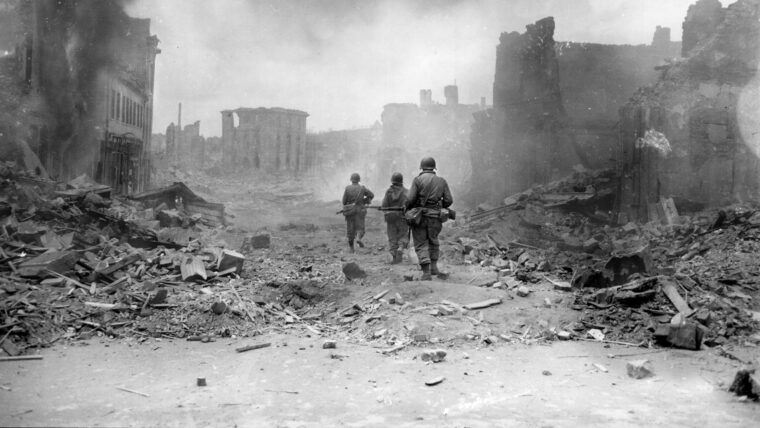
For Love and Country
By Walt Larimore and Mike YorkeyDuring World War II, the U.S. Army determined that the typical frontline infantryman couldn’t take much more than 200 to 240 days of combat before mentally falling apart. Read more

During World War II, the U.S. Army determined that the typical frontline infantryman couldn’t take much more than 200 to 240 days of combat before mentally falling apart. Read more
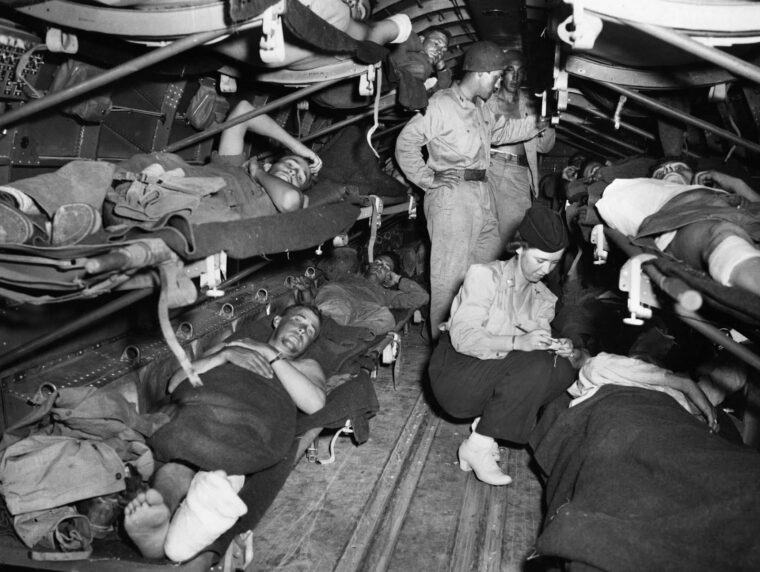
On September 27, 1944, a C-47 Skytrain named “Mary,” tail number 43-48395, prepared to depart Royal Air Force Base Wharton in Lancashire, England, filled with assorted medical supplies destined for a U.S. Read more
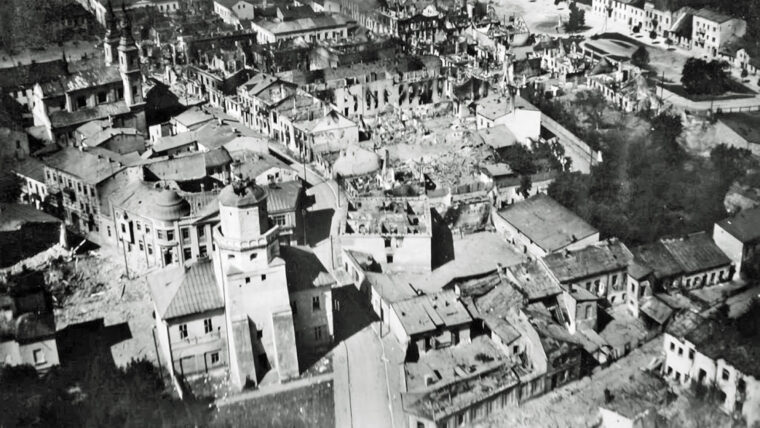
Unlike the weekly current-events magazines, WWII Quarterly is edited, assembled, and sent off to the printer well in advance of the day you receive it in the mail or pick it up at the newsstand. Read more
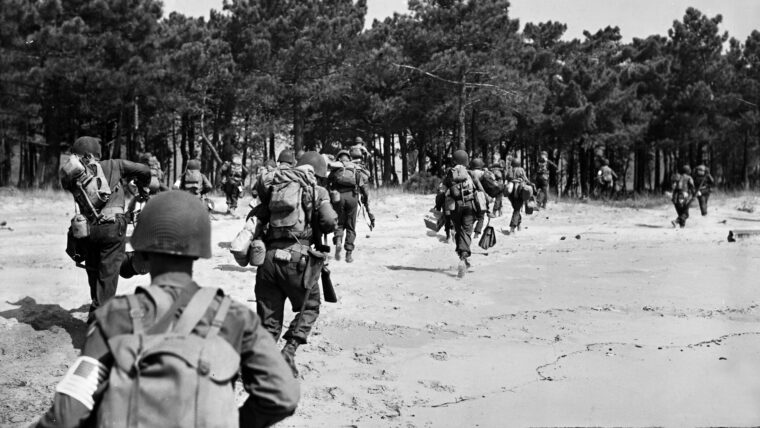
Operation Anvil, the invasion of southern France, was originally planned for June 1944, the same time as the Normandy invasion. Read more
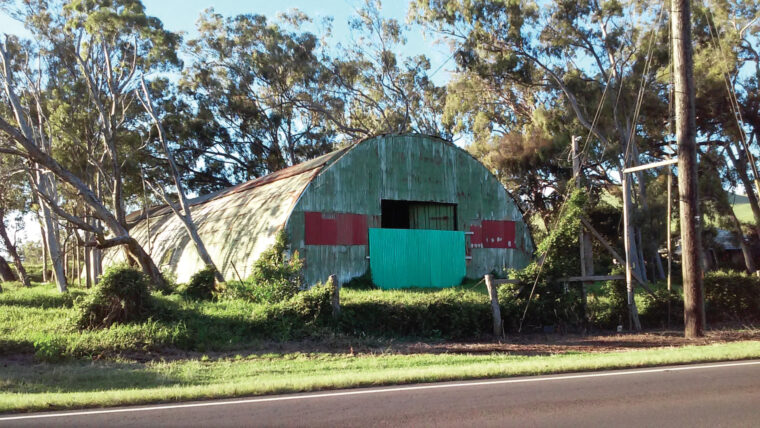
Has this ever happened to you? You’re on vacation or taking a trip and unexpectedly you stumble across a piece of history you didn’t even know existed. Read more
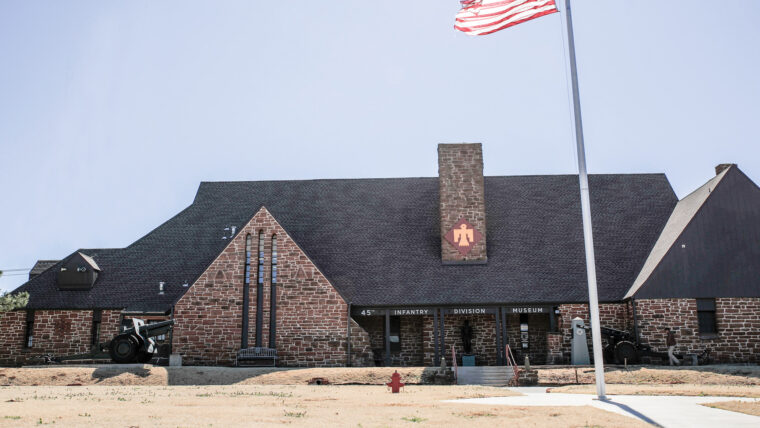
When the brutal, month-long Sicilian campaign ended in the summer of 1943, Seventh U.S. Army commander General George S. Read more
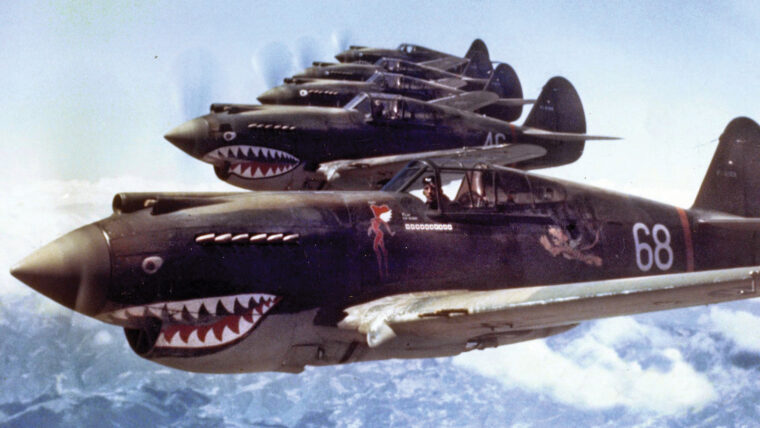
America had been at war for less than two weeks when Claire Chennault watched his American Volunteer Group (AVG) take off for its first combat mission. Read more
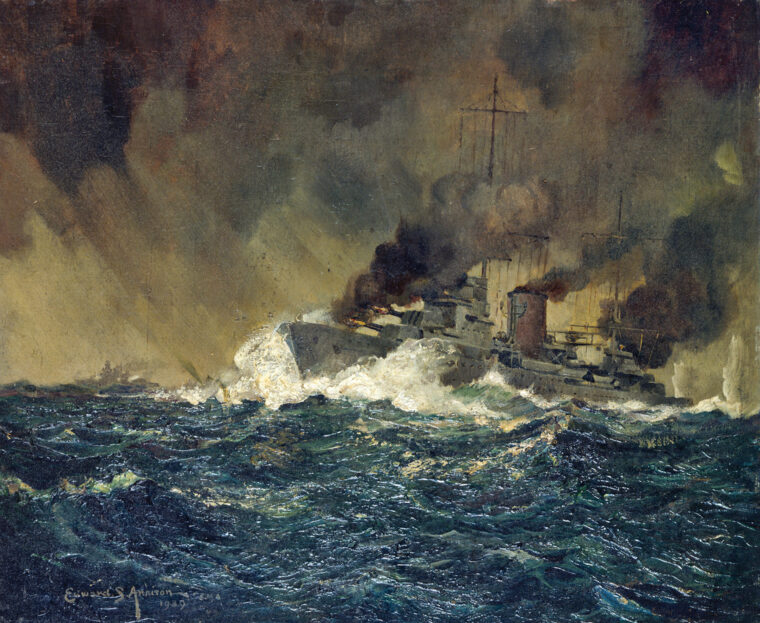
When German dictator Adolf Hitler loosed his troops into Poland on Friday, September 1, 1939, he hoped that a lightning conquest would result in a negotiated peace with Great Britain and France. Read more
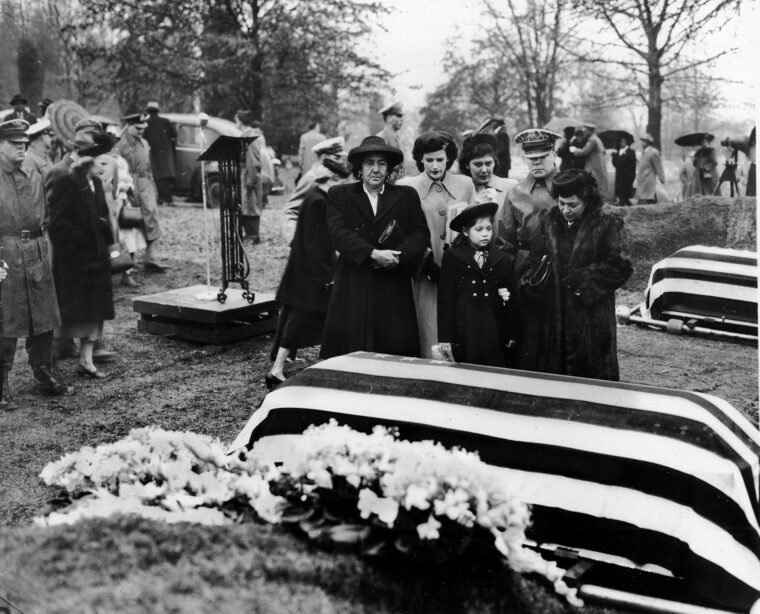
Hector Garcia was born in Llera, Tamaulipas, Mexico, on January 17, 1914, to schoolteacher parents, Jose Garcia Garcia and Faustina Perez Garcia. Read more
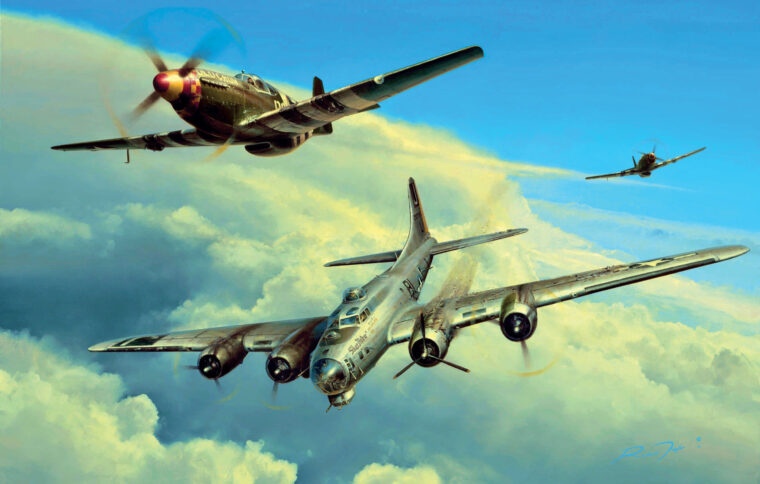
Undoubtedly, the World War II aircraft type that attracts the most attention is the fighter plane. Yet, before the war, the U.S. Read more
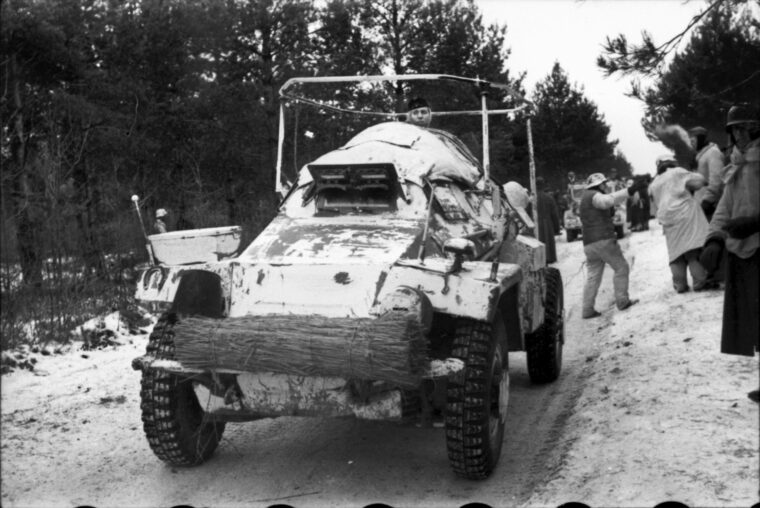
Following World War I, Visionaries within the German Reichswehr formulated and refined concepts for mobile warfare built around tanks. Read more
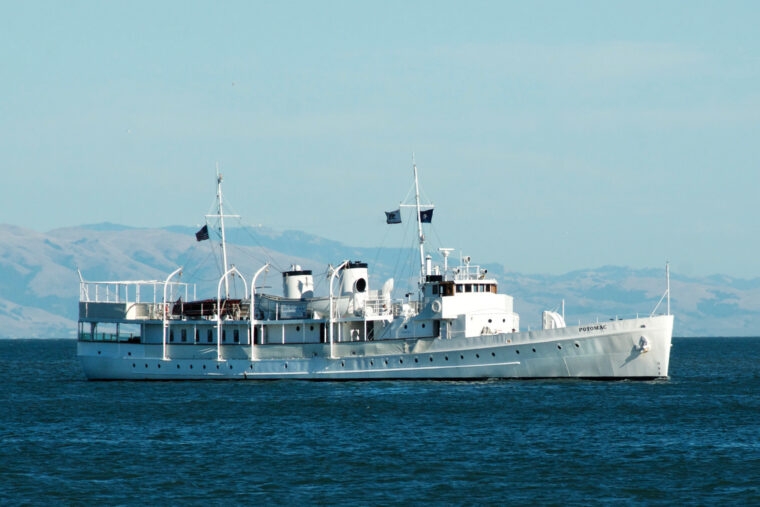
Washington, D.C., is not known for its mild climate, but the summer of 1941 seemed particularly enervating. The city was enveloped in a fierce humid heat that tended to suck the air out of one’s lungs even as it drenched one’s body in perspiration. Read more

“Your heart stops. You feel dizzy and sick. You think you’re going to piss yourself and then you feel the pain. Read more
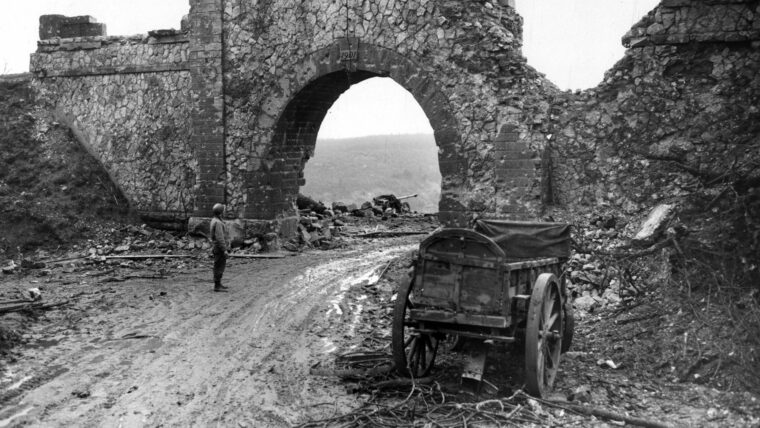
The road to Fort Driant began for the United States Third Army when it landed on Utah Beach at 3 pm on August 5, 1944. Read more
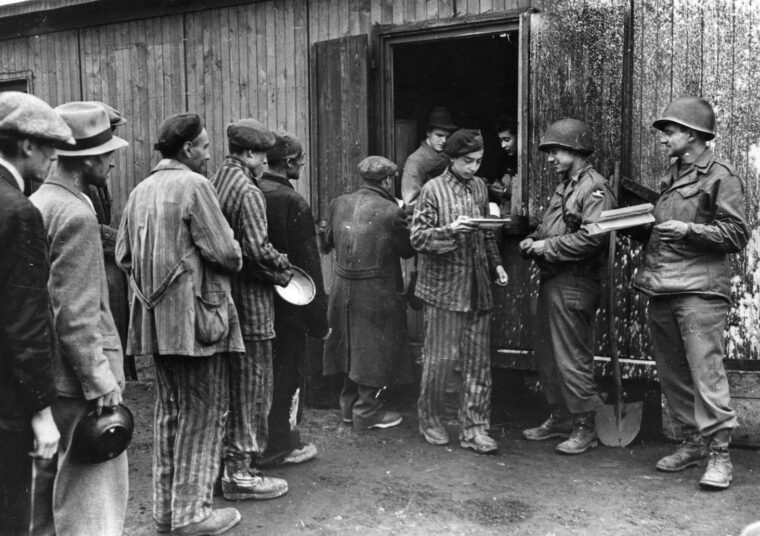
In November 1944, a young American soldier wrote back to his parents in the Washington Heights neighborhood of Manhattan. Read more
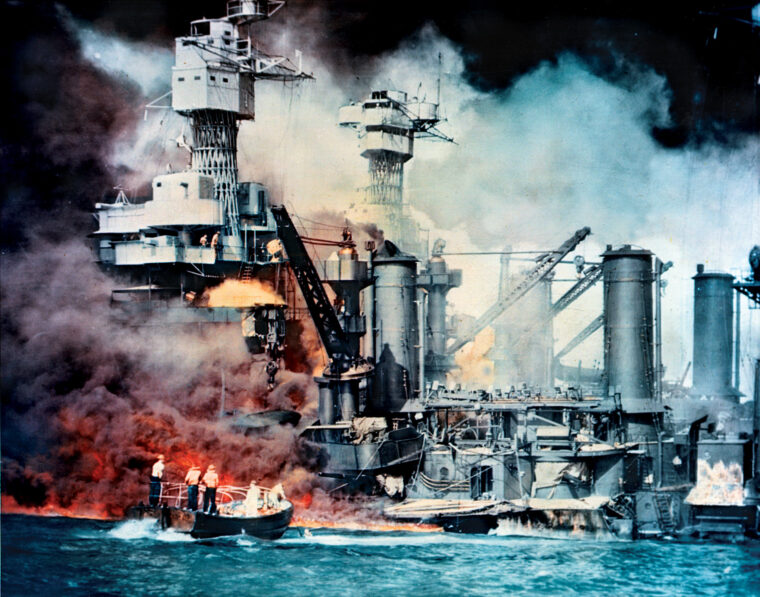
Because it was such a long and cataclysmic event, World War II still resonates with so many of us. Read more
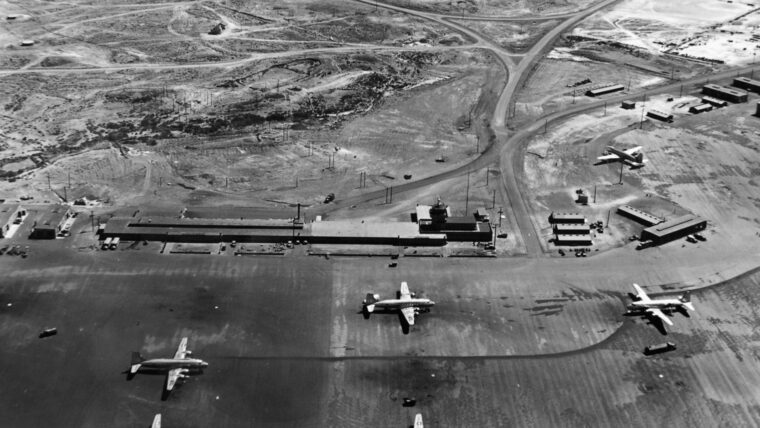
A generally overlooked factor of World War II has been the influence, sometimes highly significant, of nations that remained neutral. Read more
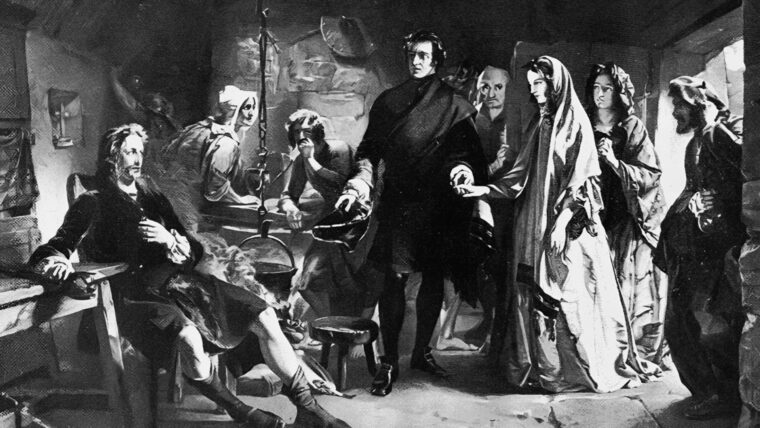
One of the “stranger than fiction” stories in military lore involves Charles Edward Stuart’s evasion of British forces following his defeat at Culloden on April, 16, 1746. Read more
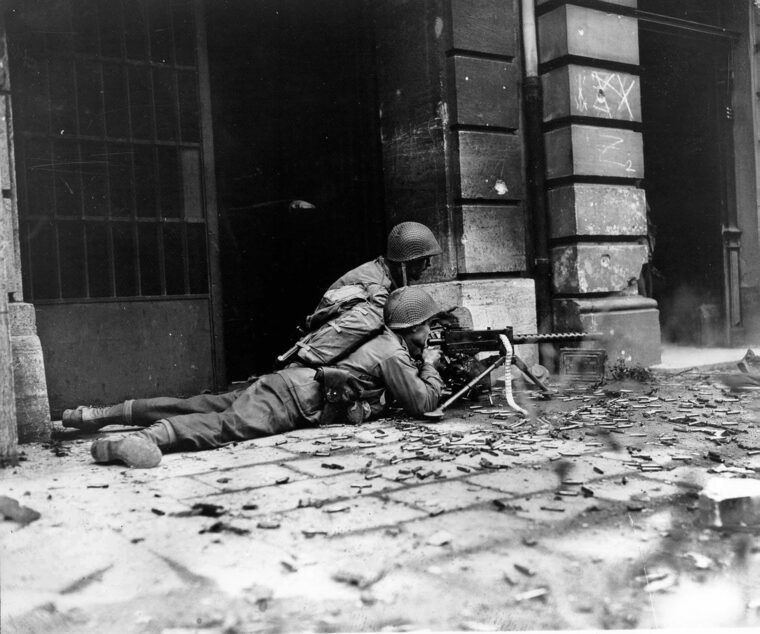
With weapons at the ready, the American squad advanced cautiously on both sides of the tree-lined boulevard toward the German strongpoint in Aachen. Read more
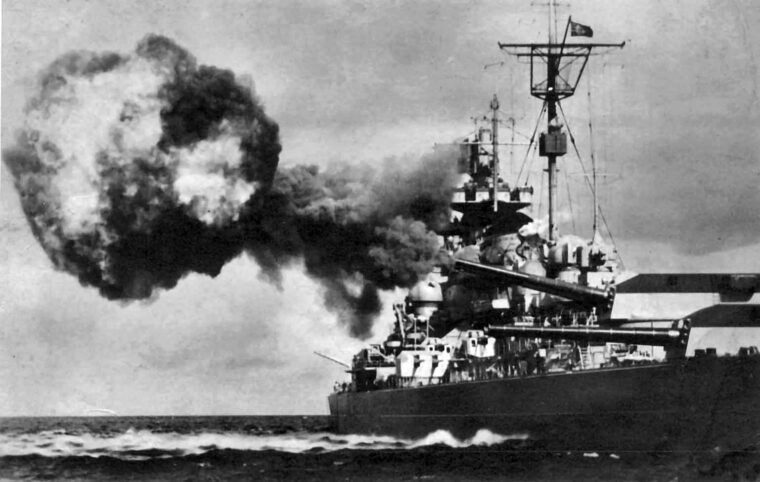
April 1, 1939, was a red-letter day in the history of the reborn German Kriegsmarine for two key reasons. Read more